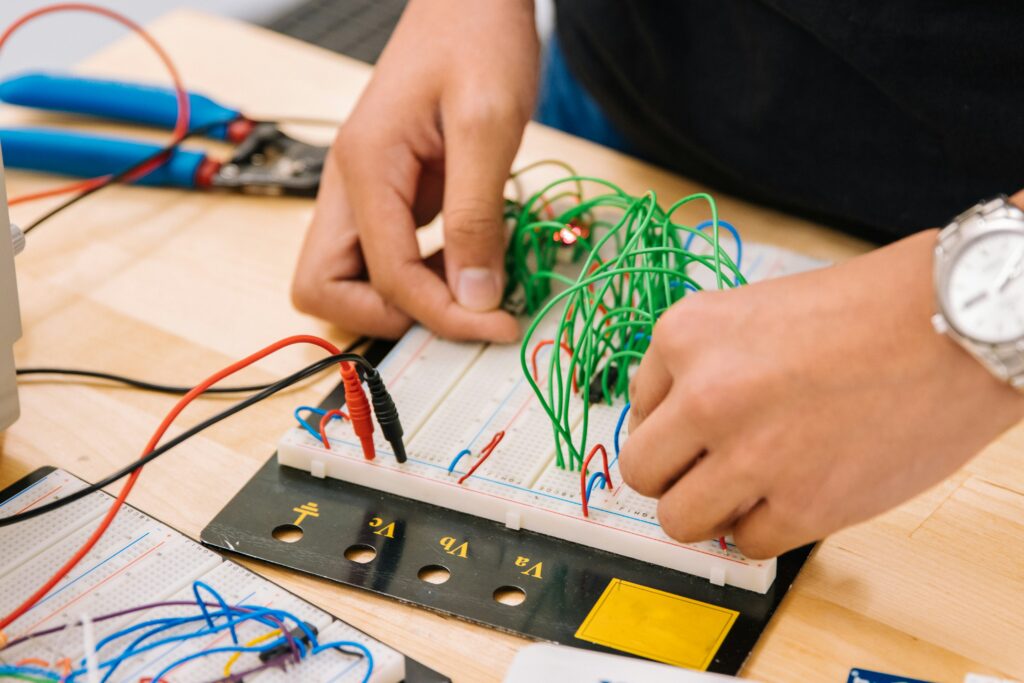What Is It?
We chose to dive deeper into one of the open online resources. Khan Academy is a nonprofit, American based educational organization. This platform shares a range of useful content, lessons and practice exercises on a variety of schooling subjects. Students can use this website to find instructional videos and articles along with interactive practices on math, science, arts, humanities and more. This technology gives students an engaging opportunity for additional or alternative teachings on everyday class content.
Availability
Khan Academy is widely available and free to sign up. This is a resource that is used by millions of people all around the world and is available through their online website as well as their mobile app. The Khan Academy is a resource that provides multiple language lesson translations (Spanish, French, Brazilian and Portuguese).
Limitations
Although Khan Academy is used worldwide and benefits many individuals, just like any other technology there are limitations. Khan Academy is an online source that lacks interaction and collaboration with others. Its focus is on independent study/ learning through video. The auditory/ visual teaching style can also limit a student’s engagement with the content as it’s not the best for that individual to learn. Another limitation that is embedded in Khan Academy’s practice is the strategy of memorization. Students are able to work through a course/ lessons and redo an activity until it is complete. The students ability to memorize the answers of an already completed activity cause their to be less actual content learning
Relation to Open and Distributed Learning
The principles of open and distributed learning focus on accessibility and flexibility on diverse learning needs. Khan Academy aligns with these principles, this platform provides a free, open, educational resource that can be accessed by anyone, anywhere. This platform is designed for personalized learning experiences where students engage with the content at their own pace and place!
Experience with Khan Academy
Our experience with Khan Academy, as detailed by one member of our group, is the high regard for reliable and user-friendly access to school subject support with teachers who are excellent at explaining the concepts to learners and educators alike. I like this resource, recommend it to others, and will continue to use it.


